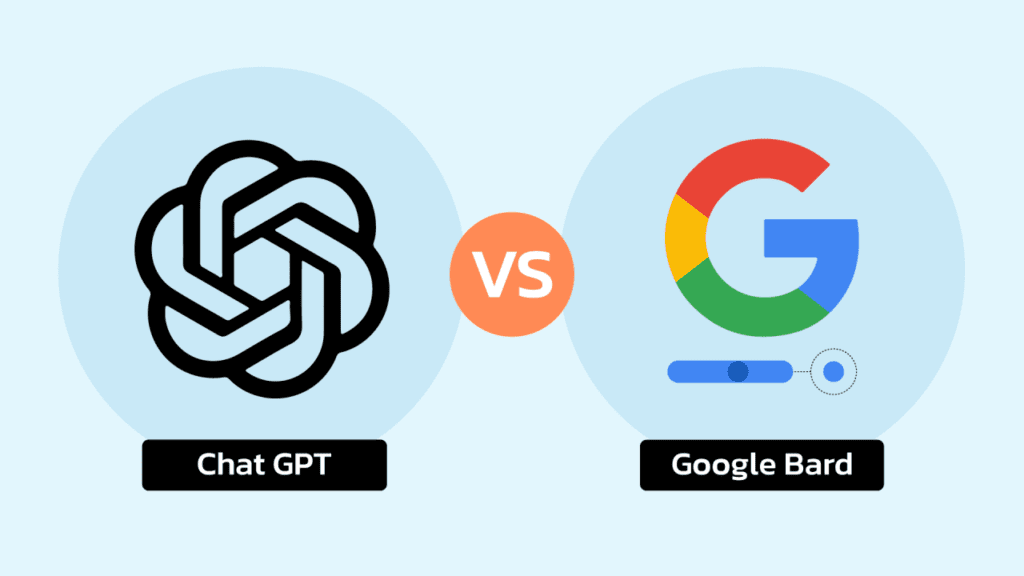
ChatGPT vs. Google Bard: In the world of conversational AI, two formidable contenders, Chat GPT and Bard, have emerged, each vying for supremacy in providing users with intelligent and efficient interactions. This article delves into the strengths, weaknesses, and unique features of these platforms to determine which one stands out as the superior conversational companion.
- Genesis of ChatGPT and Bard:
- A brief background on the inception of ChatGPT and Bard.
- The visionary approach of their creators and the initial challenges they faced.
- Comparison of Data Sources:
- Evaluating the quality and scope of data available to each platform.
- How Bard’s connection with Microsoft impacted its information accessibility.
- User Experience:
- Assessing the user interface and experience of both Chat GPT and Bard.
- Exploring the evolution of user feedback and improvements made over time.
- Performance Metrics:
- Analyzing the accuracy and efficiency of responses from both platforms.
- Examining the handling of complex queries and problem-solving capabilities.
- Adaptability and Learning Curve:
- How quickly users can adapt to the platforms.
- The learning curve associated with training and customizing responses.
- Integration with External Platforms:
- Compatibility with other tools, applications, and services.
- Potential synergies with widely used platforms and devices.
Pros and Cons: ChatGPT
ChatGPT: Pros:
- Leveraging the powerful parent company’s resources for robust data.
- Continuous updates and improvements based on user feedback.
- Extensive language understanding and generation capabilities.
Cons:
- Initial challenges in user experience and data accuracy.
- Dependency on user-provided information for fine-tuning.
Bard: Pros:
- Strategic partnership with Microsoft, enhancing data quality.
- Competitive performance in accuracy and response efficiency.
- Potential advantages in handling technical queries.
Cons:
- Limited historical data and a less-established user base.
- Relatively slower evolution in response to user feedback.




